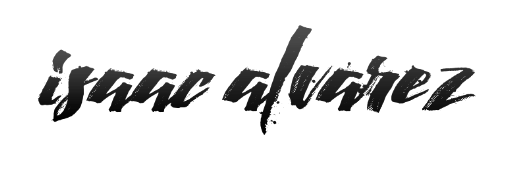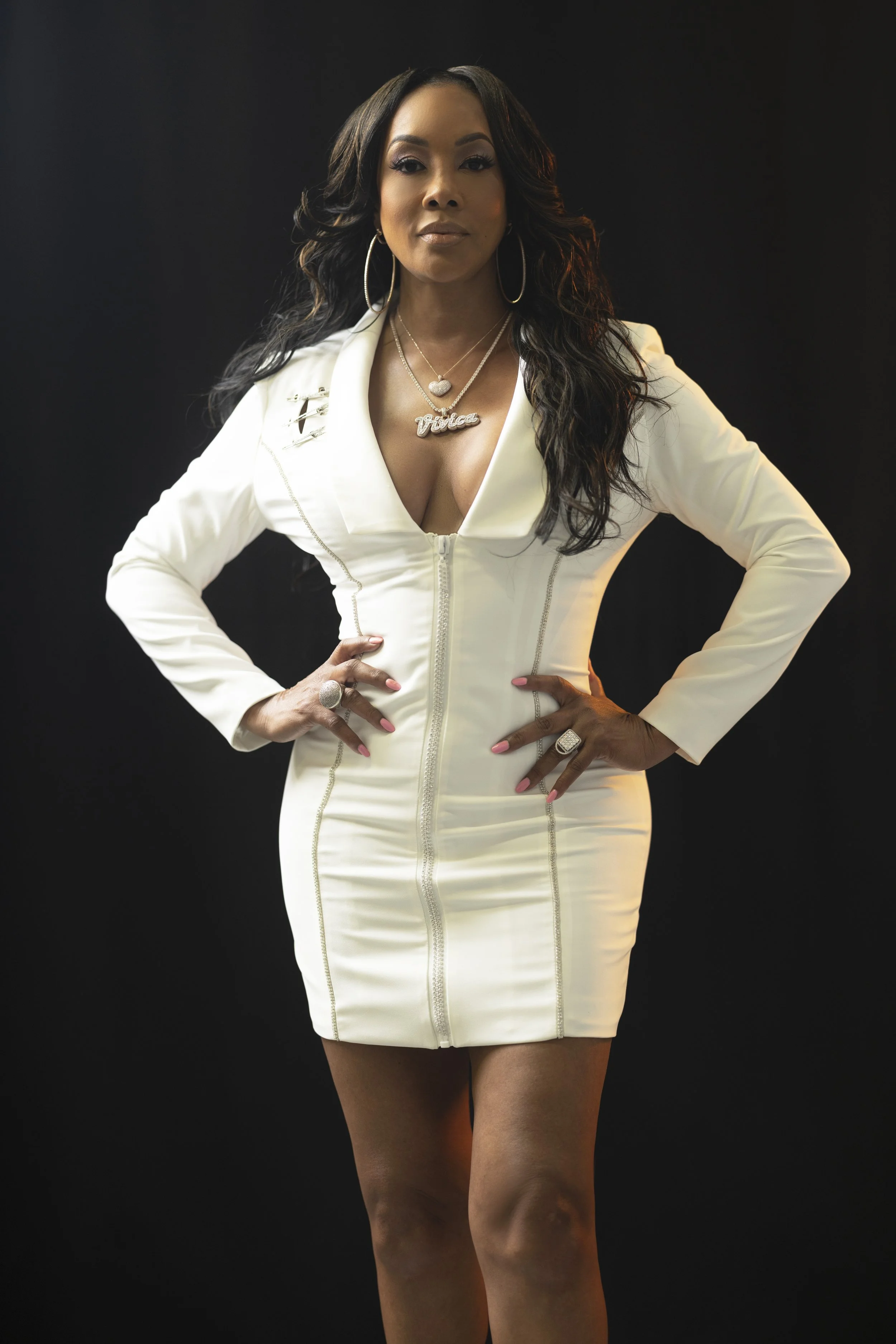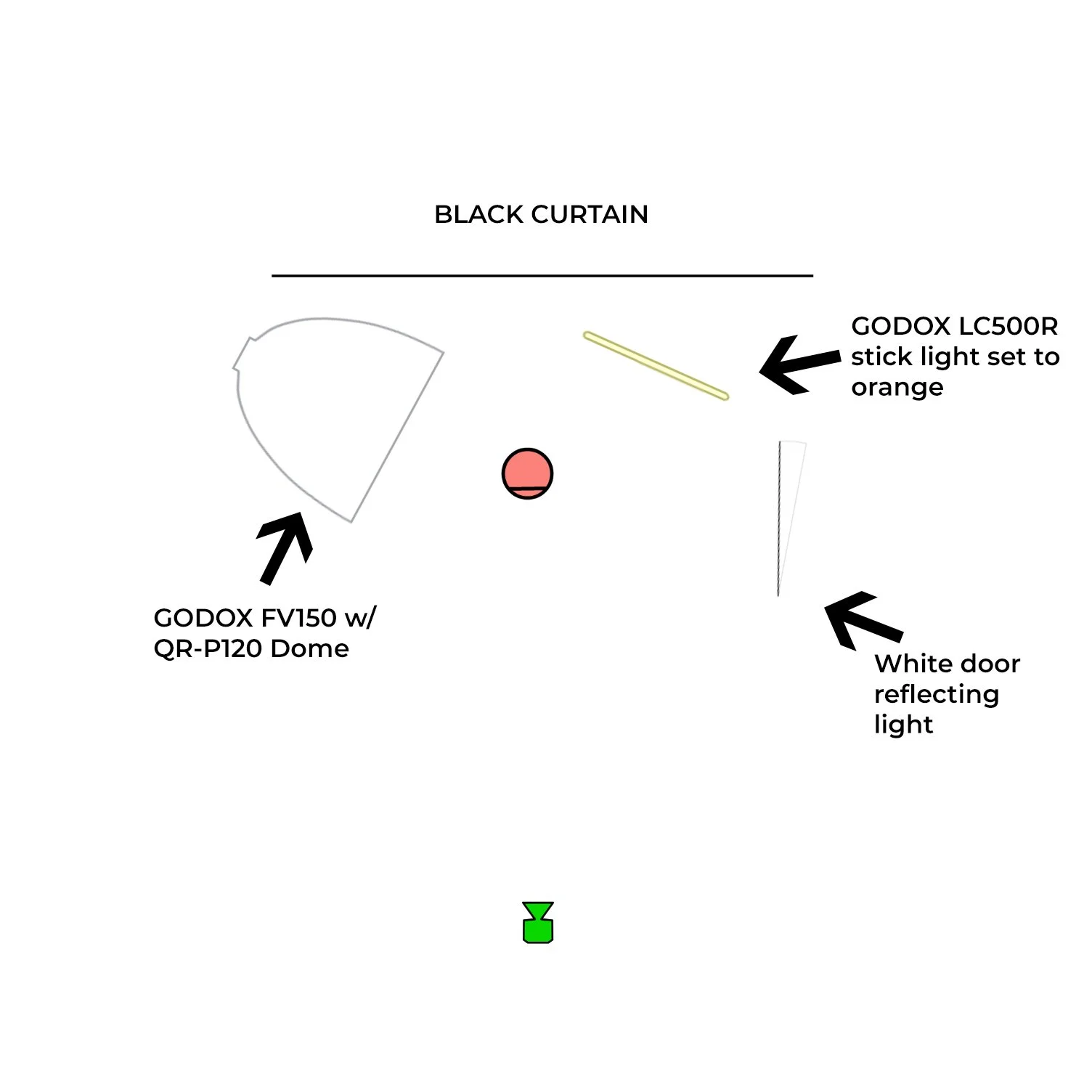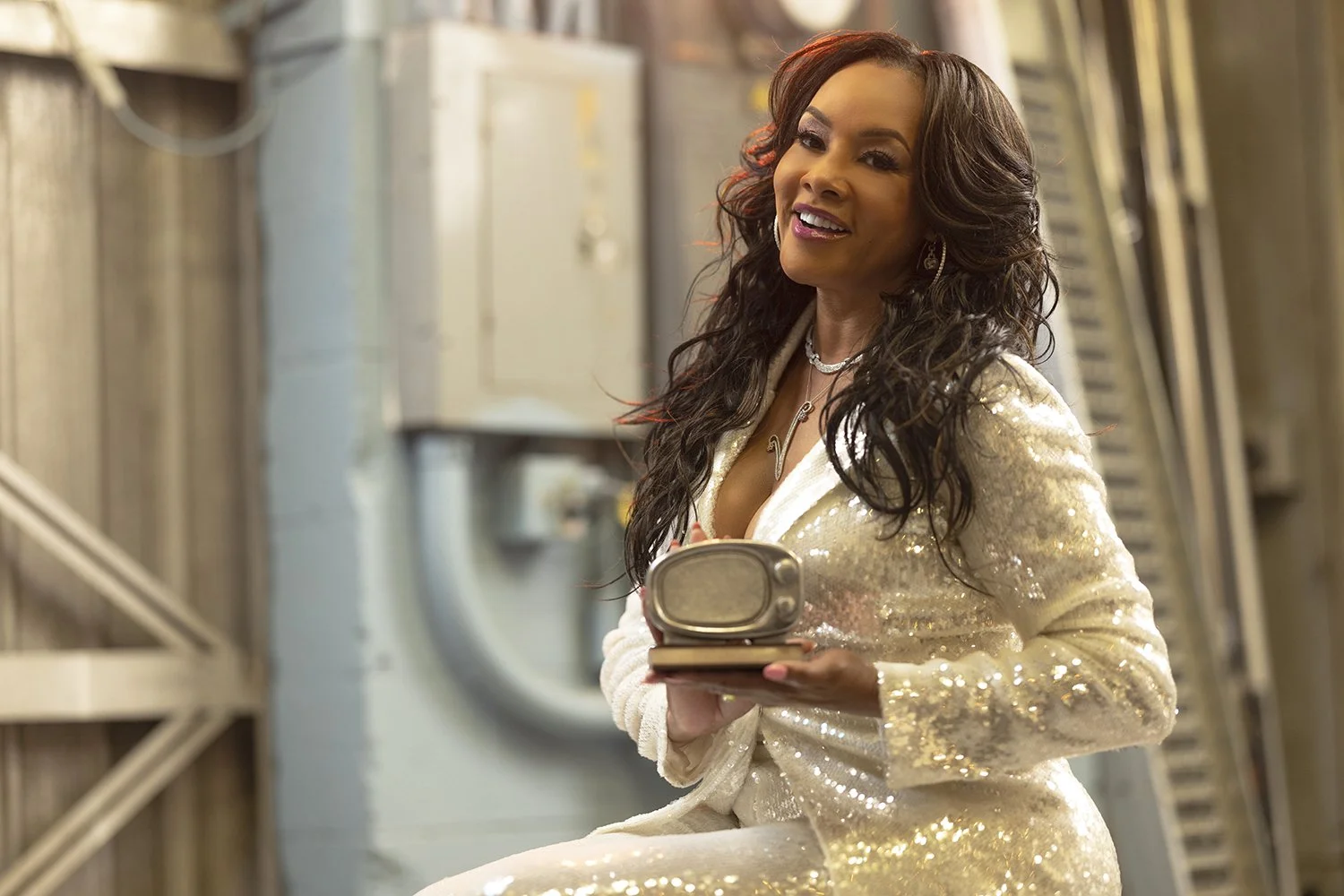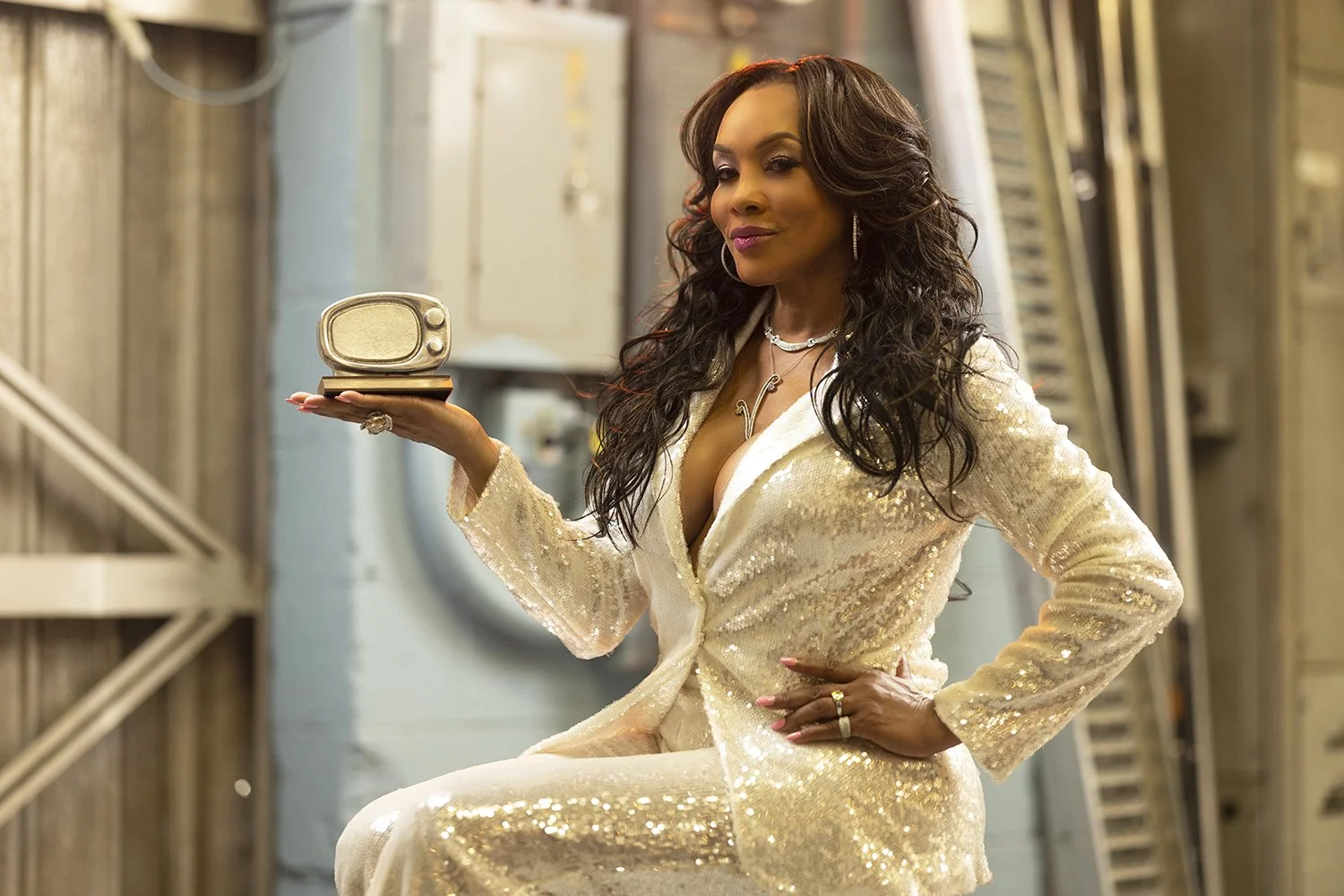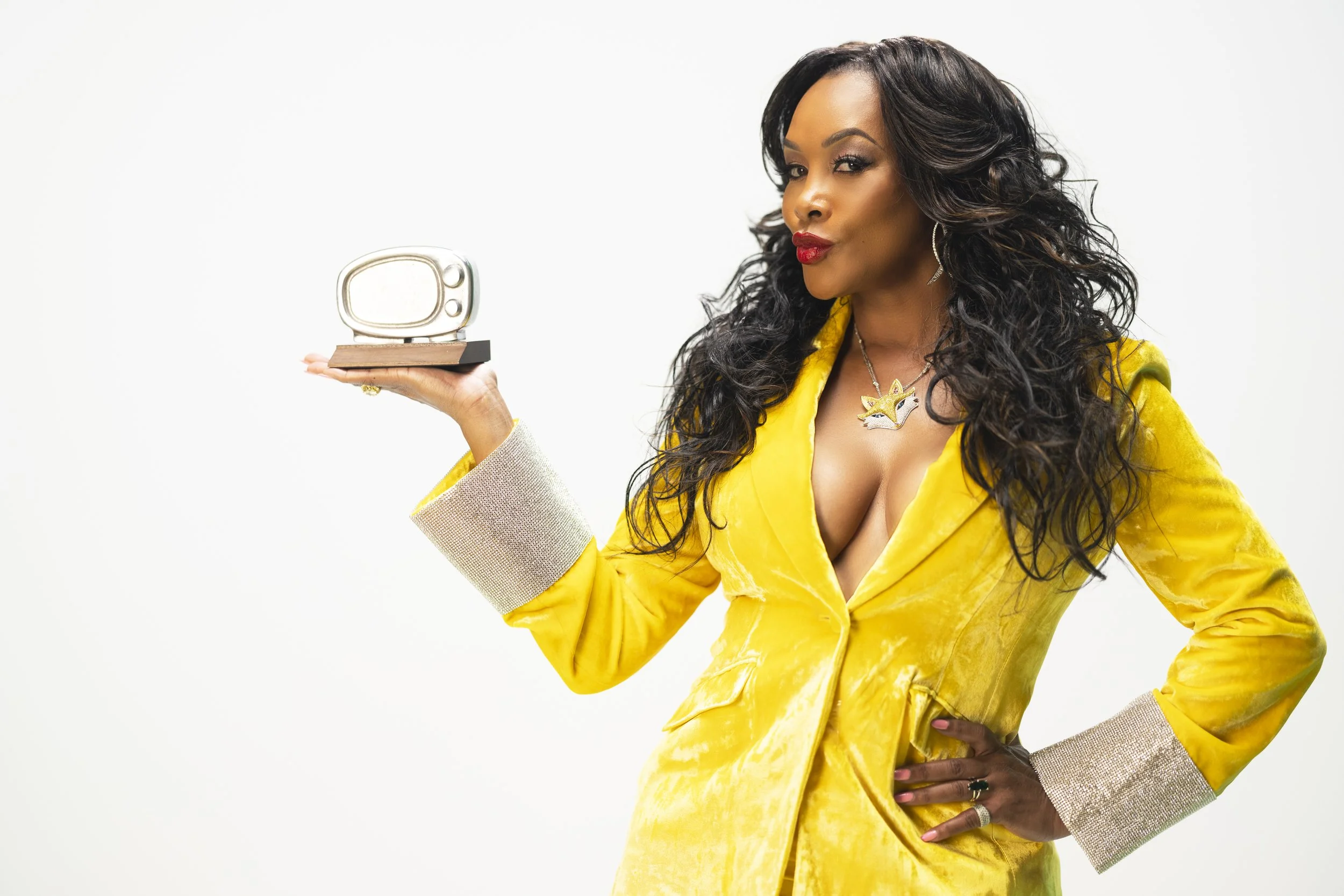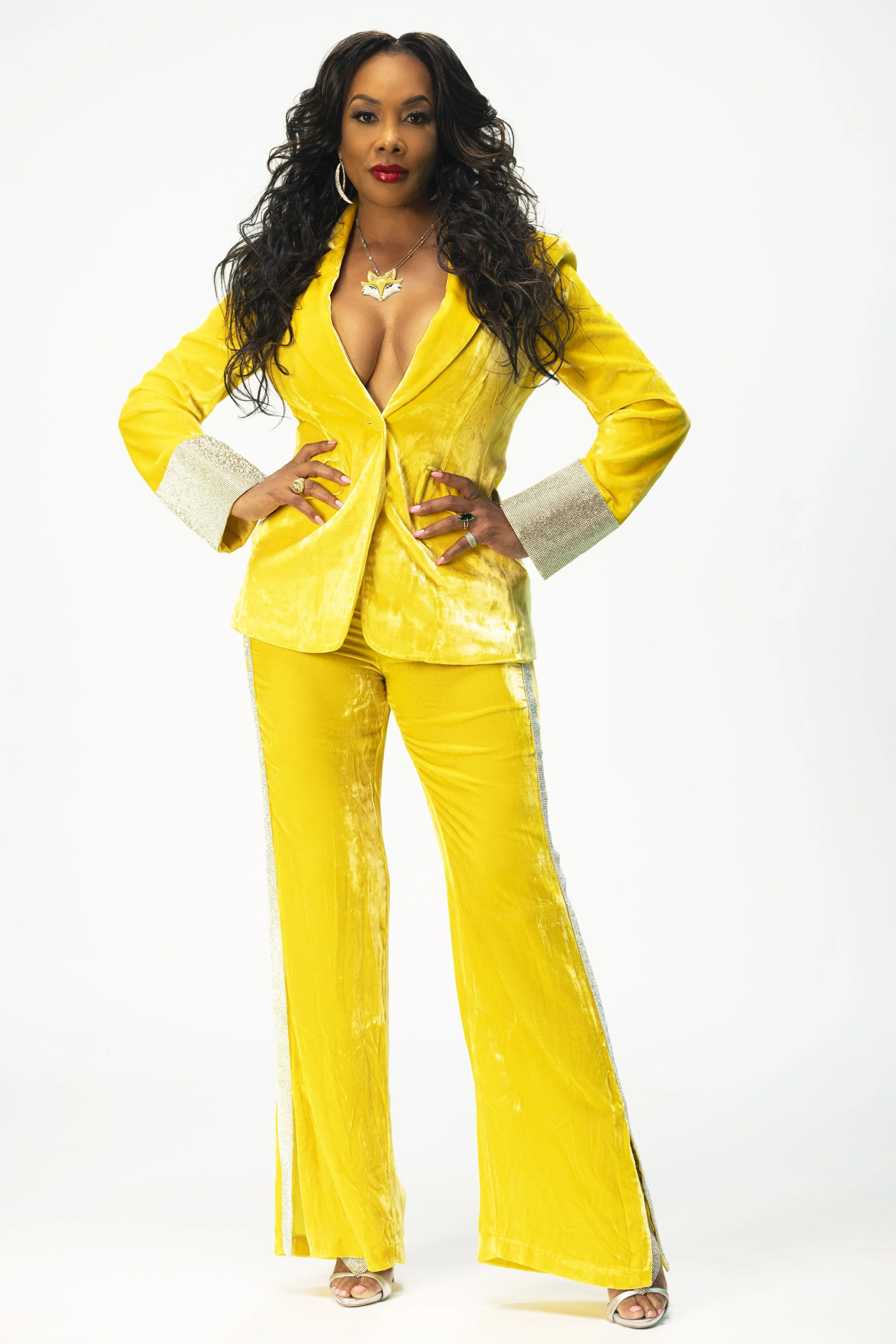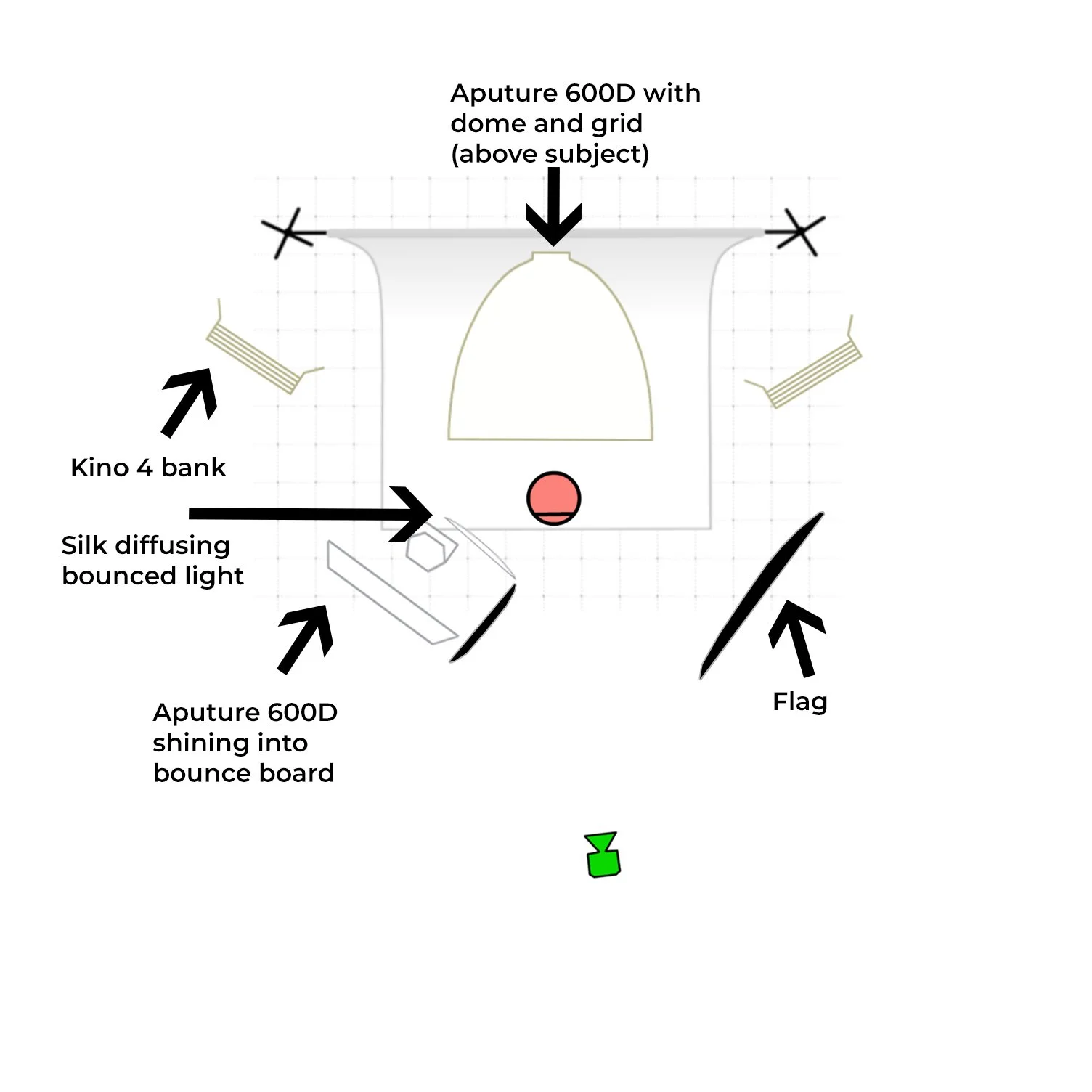Vivica A. Fox for “The american reality television awards”
There’s no contest between strobe lights and constant lights regarding power output. A strobe light will easily battle the sun's brightness on a cloudless day. But when shooting indoors, where the light isn’t as bright, constant lights can certainly hold their own in a photo session.
One advantage of constant lights is that they allow the photographer to see the end result immediately before taking a picture. This also applies to when the lights are being moved around. Instead of having to reposition, take a photo, and see the result, you can transfer and see the result in real-time if you have a monitor or phone app that allows you to see your camera’s view.
There is the option of working with a modeling lamp to gauge where the light will be hitting your subject. But these lights only provide a preliminary view and not the final result.
However, there are some cons to consider when using constant lights for photography. Aside from not being as bright as a flash, constant lights tend to be bulkier and heavier, often leading to more extensive light stands or even C-stands. This makes them more of a hassle to move and reposition.
The other con is that constant lights are just that… constant. Therefore, having a bright source constantly hitting your subject instead of a quick and painless split-second flash may make them uncomfortable or hurt their eyes. This is especially true if there are no light modifiers in front of the light, maximizing how harsh it can be. So when working with such lights, it should consider how bright your key light needs to be to get the desired result while ensuring the subject can sustain themselves for a prolonged period of time in front of a bright source.
This was all taken into consideration when Isaac Alvarez used constant lighting during a photo session with Vivica A Fox. Because Vivica is an award-winning actress, she is used to working in front of many lights.
SET UP 1
The first setup involved just two lights; a Godox FV150 with a P120L dome, acting as Vivica’s key light; and an LC500R light stick, which worked as the hair light. Next to Vivica was a closed white door, which served as a bounce board to fill her opposite side. Behind Vivica was a black curtain, which Isaac decided to use as the backdrop to completely Isaac the subject.
SET UP 2
The second setup was aimed to look more industrial. Isaac had Vivica in front of power boxes, cables, and a ladder. The LC500R, again, was used as a hair light. The FV150 with P120L dome was placed slightly behind her as a fill. Isaac set up another FV150 with a QR-P90 crown and a Blue Lagoon gel covering a portion of the light to give his signature blue tint to the subject. Isaac switched between a Tamron 35mm f/2.8 and a Canon 85mm f/1.2 RF lens.
SET UP 3
Because there was a film team also working with Vivica, the third setup they had already made, so Isaac used it to his advantage. There were two 4-bank kino flos that were lighting the white drop. An Apurture 600D with a dome and grid directly above Vivica acted as her hair light, and her crucial light was another Aputure 600D pointing towards a bounce board and then having that bounced light pass through the silk to add two layers of diffusion. The results show that beautiful portraits can be captured in the correct environments with constant lights. What are your thoughts on shooting with strobes vs. continuous?
